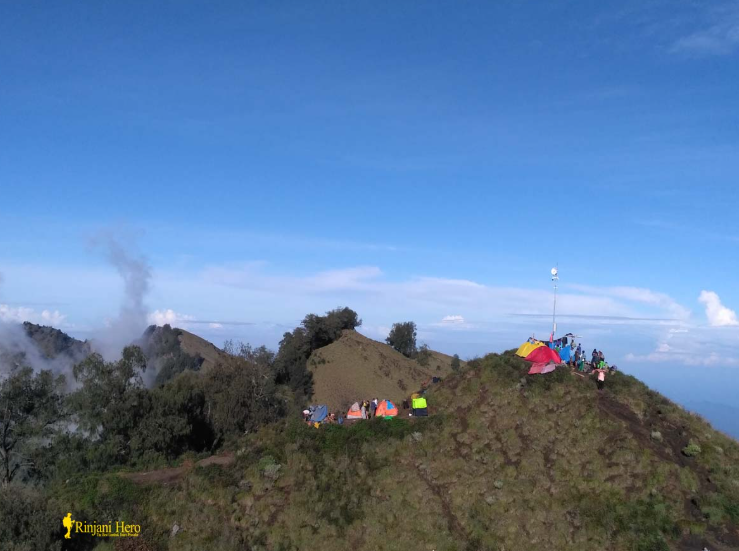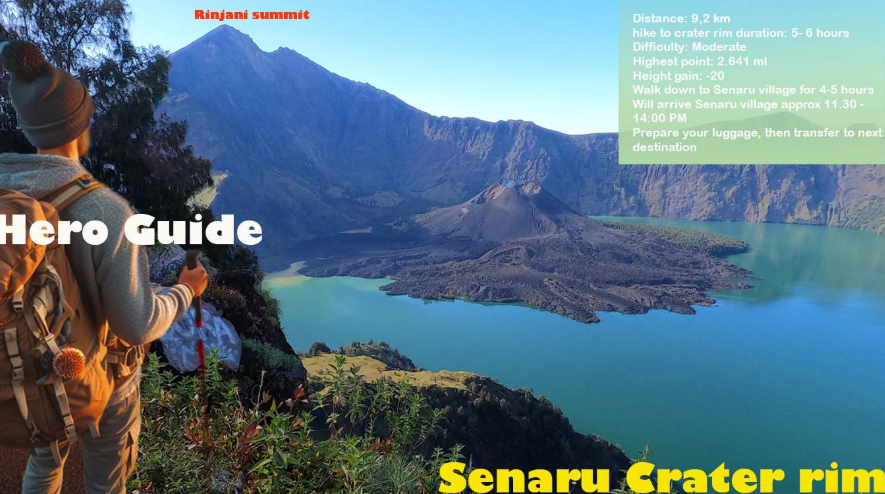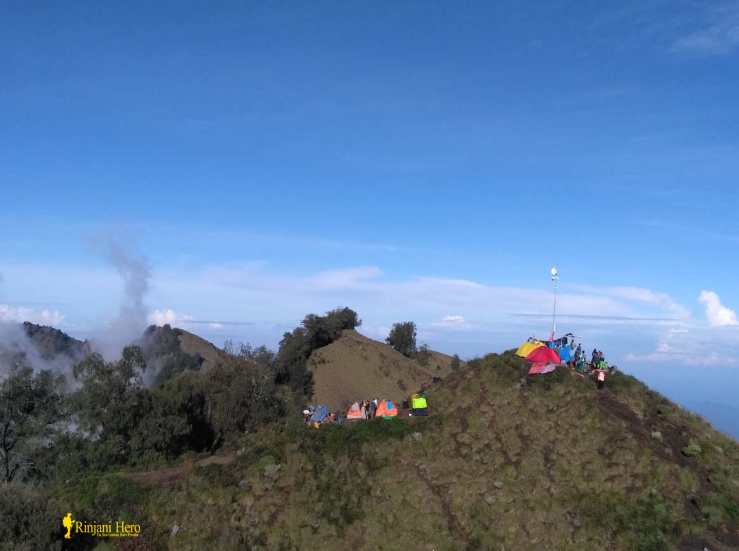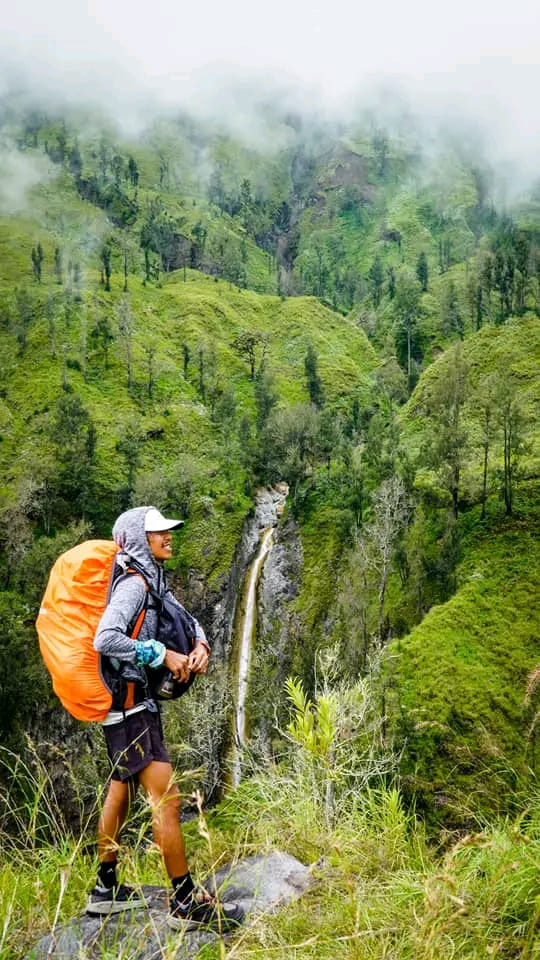Rinjani Summit
The Rinjani Summit is one of the most coveted trekking destinations in Southeast Asia. Located on Lombok Island, Indonesia, Mount Rinjani stands at 3,726 meters (12,224 feet), making it the second-highest volcano in Indonesia. For adventurers and nature lovers, reaching the Rinjani Summit is more than just a hike – it’s a life-changing experience.
Why the Rinjani Summit Is Worth the Climb
Mount Rinjani offers a unique trekking experience that blends challenging trails with jaw-dropping scenery. From lush tropical forests and cascading waterfalls to the massive Segara Anak crater lake and the active volcano cone within it, every step of the journey is breathtaking.
Reaching the Rinjani Summit at sunrise rewards trekkers with panoramic views over Lombok, Bali’s Mount Agung, and the azure sea – a truly unforgettable moment.
Best Time to Climb Rinjani
The official trekking mount rinjani season runs from April to December, with the dry season (May to October) being the safest and most popular time to climb. During the rainy season (January to March), the trail is closed due to safety concerns such as landslides and slippery paths.
Trekking Routes to the Rinjani Summit
There are three main routes to reach the summit:
- Sembalun Route (Eastern Approach)
- Most popular and direct path to the summit
- Less vegetation, more savanna
- Takes 2–3 days
- Senaru Route (Northern Approach)
- Scenic trail with rainforest and waterfalls
- Longer but more gradual incline
- Best for those who want to explore Segara Anak lake
- Takes 3–4 days
- Torean Route (Off the Beaten Path)
- Less frequented, more technical and longer
- Suitable for experienced trekkers
Preparation and Safety Tips
Reaching the Rinjani Summit is physically demanding, and proper preparation is essential.
- Fitness Level: Train with cardio and leg endurance exercises at least a month before.
- Gear: Pack layered clothing, rain protection, headlamp, trekking poles, and a sleeping bag.
- Altitude Sickness: Acclimatize properly and stay hydrated.
- Guides and Porters: Hiring licensed guides and porters is mandatory and ensures safety and comfort.
- Permits: All climbers must obtain permits from the Mount Rinjani National Park office, often included in tour packages.
Cultural and Environmental Responsibility
Mount Rinjani is sacred to local Sasak and Balinese communities. Please respect local customs and avoid littering. Choose eco-friendly trekking providers committed to sustainable tourism and waste management.
What to Expect at the Rinjani Summit
- Altitude: 3,726 meters above sea level
- Temperature: Can drop below freezing at night
- Views: Sunrise from the summit is the highlight – a 360-degree view of islands and clouds below
- Challenge: Final ascent is steep, with loose volcanic gravel – requires mental and physical grit
If you’re looking for a physically challenging trek with unmatched scenery and a profound sense of accomplishment, the Rinjani Summit is for you. With the right preparation and respect for nature and local culture, this adventure will become a defining memory of your travel journey.




